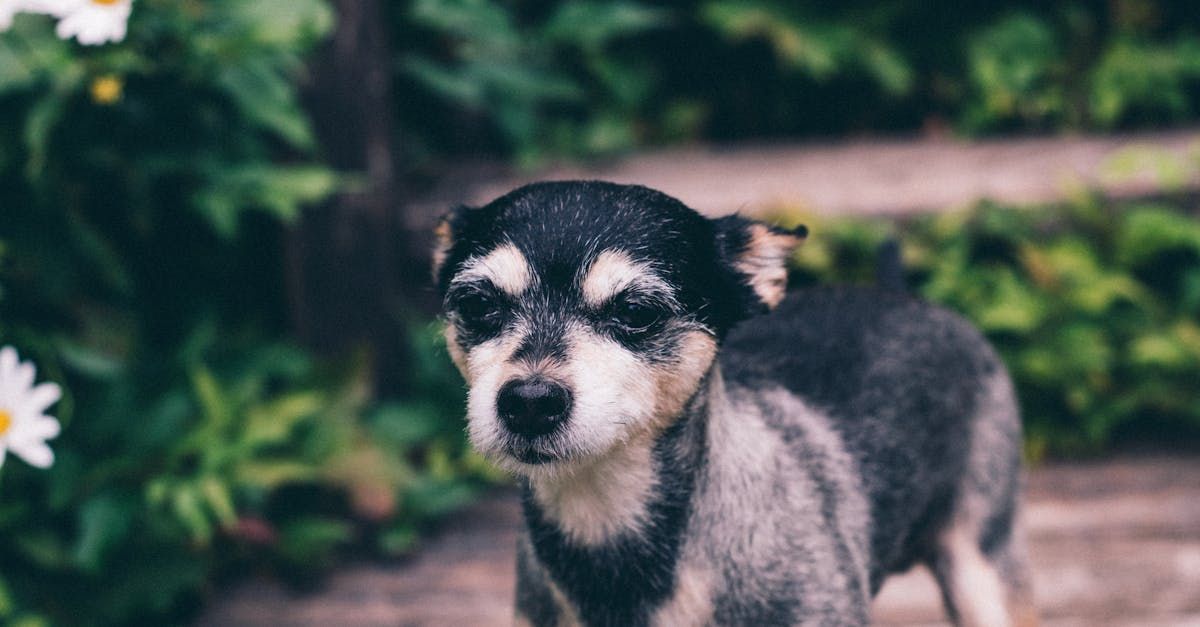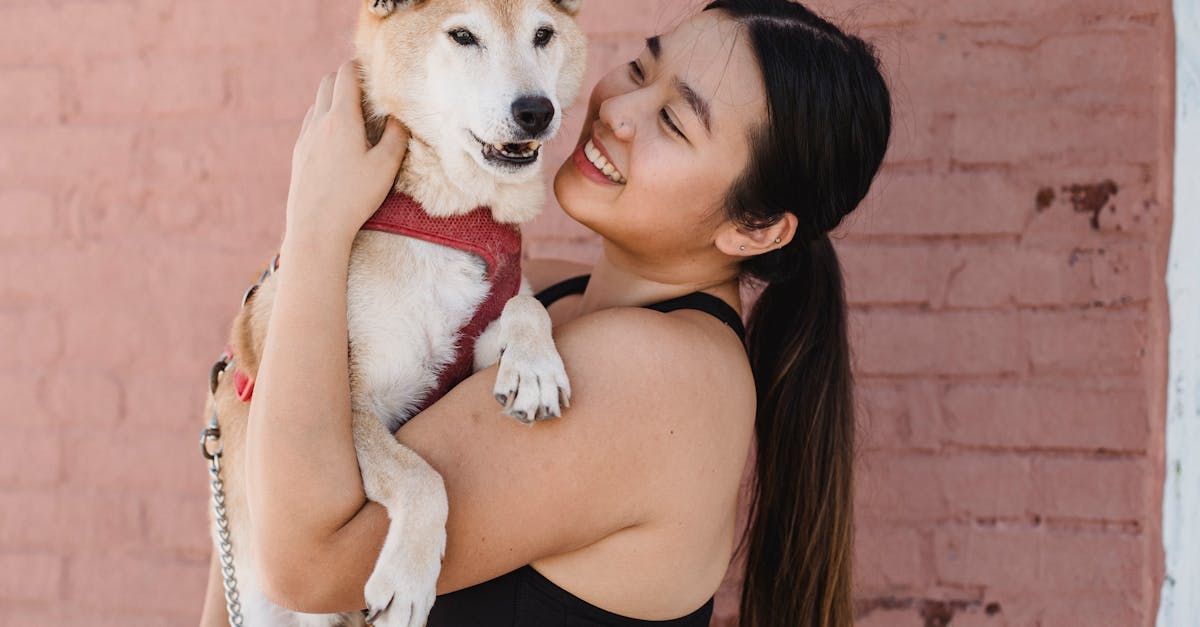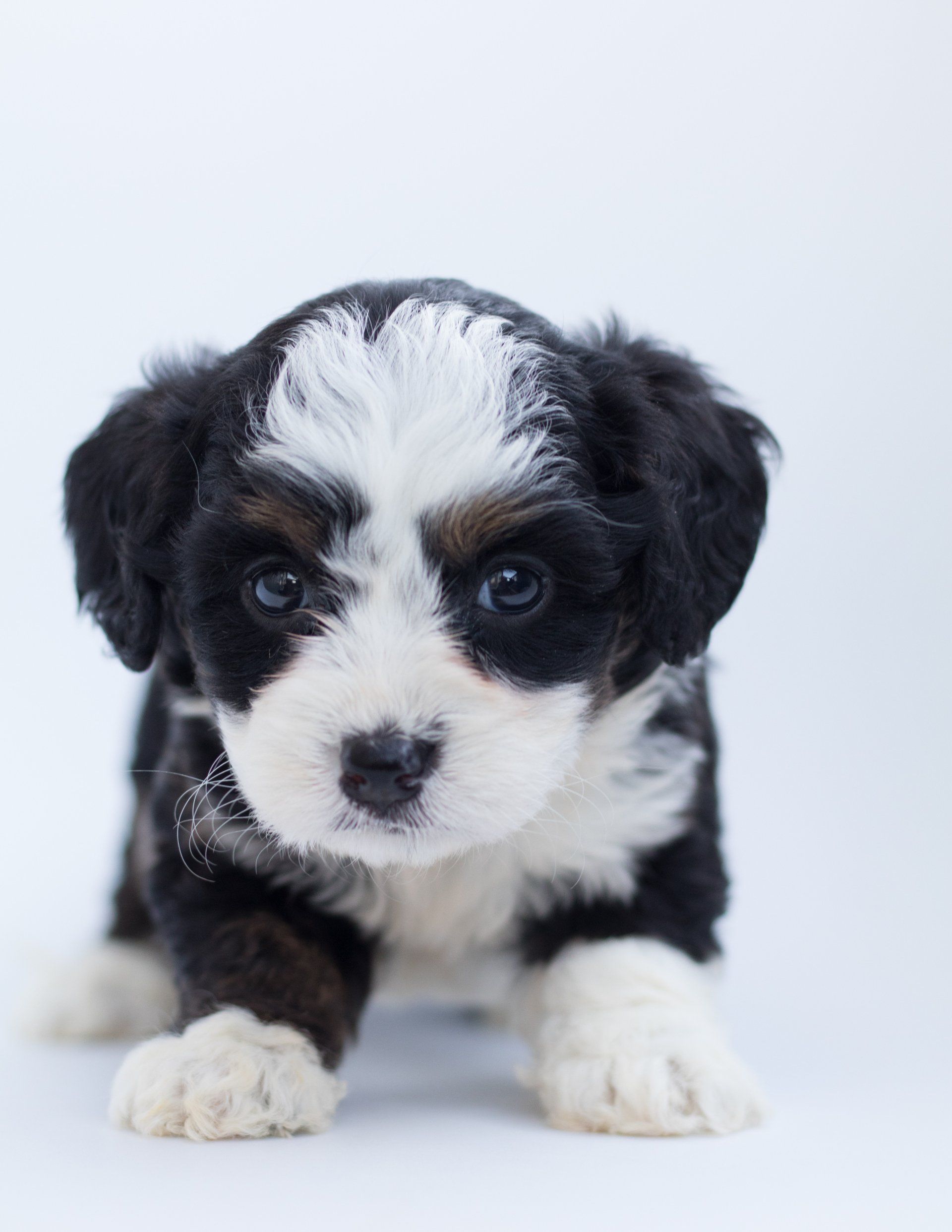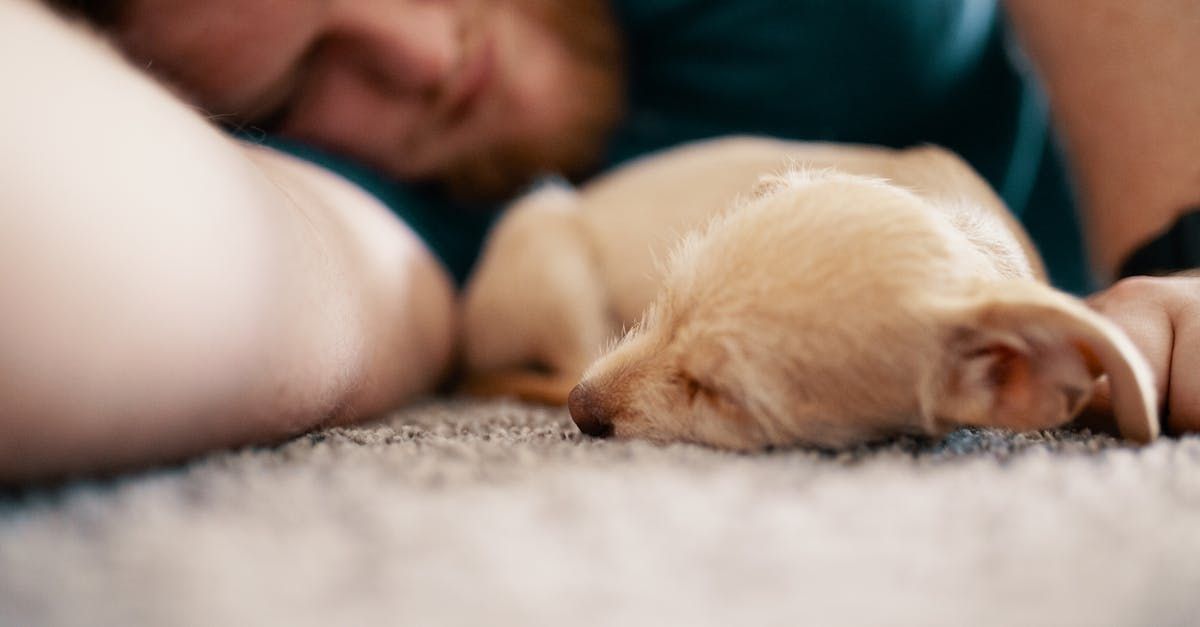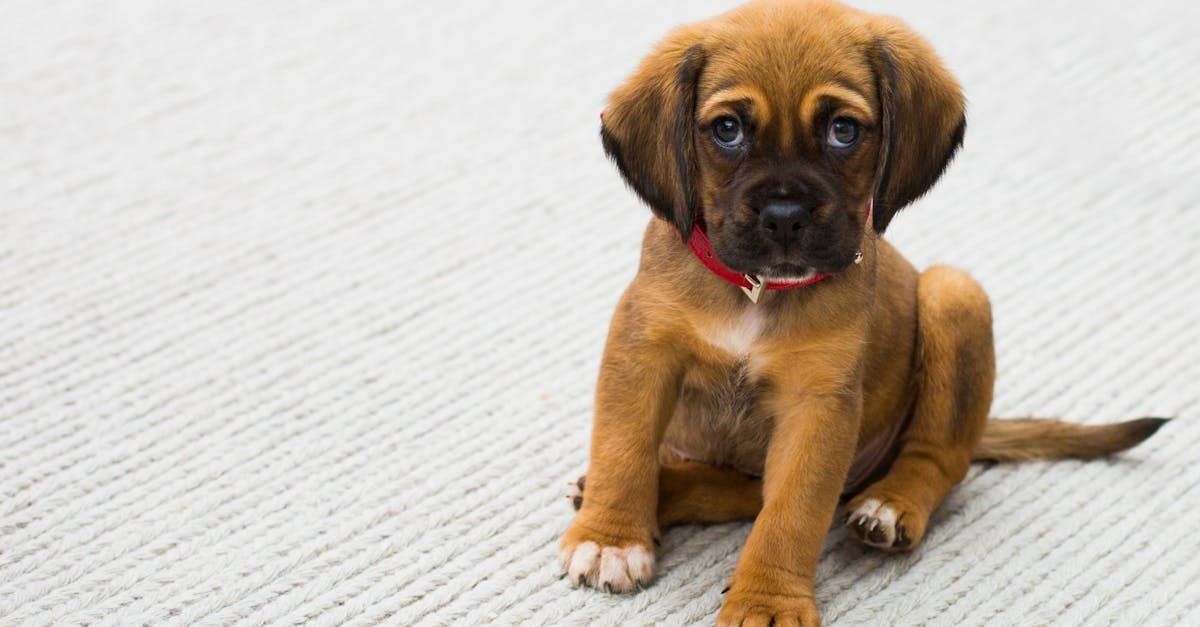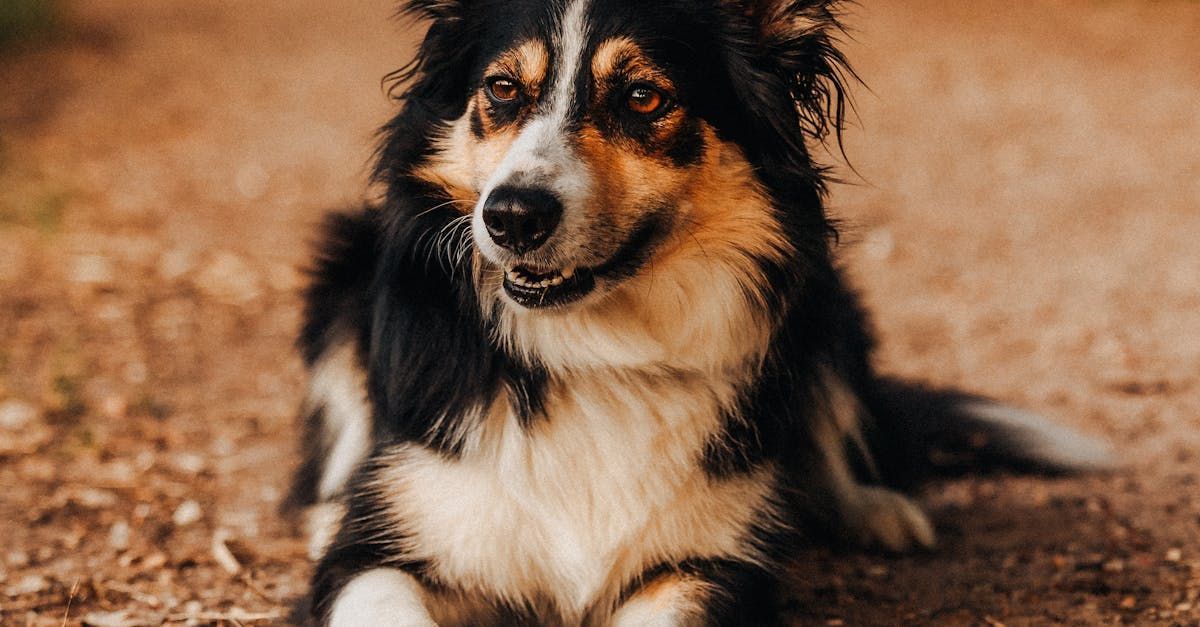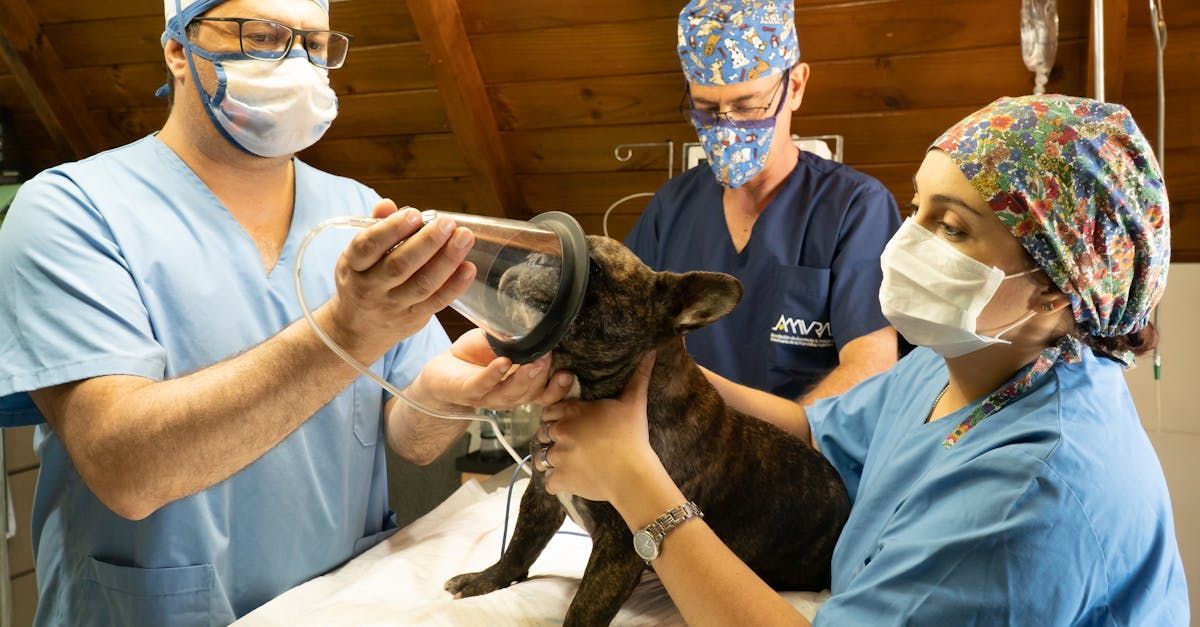Choosing the Perfect Dog Bed for Your Furry Friend
A Guide for Different Breeds and Sizes
When it comes to pampering our canine companions, a comfy bed is more than just a luxury—it’s a necessity for their overall well-being. Whether you have a tiny Chihuahua or a grand Great Dane, selecting the right dog bed involves considering factors such as size, breed, and individual preferences. Here’s a comprehensive guide to help you choose the perfect dog bed for every breed and size.
Understanding Your Dog’s Needs
Before diving into the specifics of dog beds, it’s crucial to understand your dog’s needs:
- Size: Ensure the bed is appropriately sized for your dog. They should have enough space to stretch out comfortably.
- Sleeping Style: Dogs have different sleeping styles—some curl up, while others sprawl out. Choose a bed that accommodates their favorite sleeping position.
- Health Considerations: Dogs with joint issues or arthritis may benefit from orthopedic or memory foam beds for extra support.
Bed Types and Their Benefits
Standard Beds: These are typically rectangular or oval and provide ample space for dogs that like to stretch out.
Bolster Beds: Featuring raised edges, bolster beds offer a sense of security and are ideal for dogs that love to curl up and lean against something.
Orthopedic Beds: Designed with memory foam or other supportive materials, orthopedic beds are perfect for older dogs or those with joint problems.
Donut Beds: These beds are round with high, cushioned sides and are excellent for dogs that enjoy curling up in a cozy ball.
Cooling Beds: Ideal for hot climates or breeds that are prone to overheating, cooling beds help regulate your dog’s temperature.
Crate Mats: For crate-trained dogs, a soft, comfortable mat can make the crate a cozy and inviting space.
Choosing the Right Bed for Different Breeds
Small Breeds (e.g., Chihuahuas, Pomeranians, French Bulldogs):
- Size: Opt for beds that are appropriately sized for their small frames. A bed that is too large can make them feel insecure.
- Type: Consider cozy, plush beds or even a small bolster bed. Donut beds can also be a hit for these tiny dogs.
- Features: Beds with high sides or cave-style beds provide a sense of security and warmth.
Medium Breeds (e.g., Beagles, Cocker Spaniels, Bulldogs):
- Size: Medium-sized beds should be spacious enough for them to stretch out but not too large.
- Type: Bolster beds or orthopedic beds work well, offering comfort and support. Some medium breeds may also enjoy a standard bed or a crate mat.
- Features: Look for beds with durable covers and easy-to-wash materials.
Large Breeds (e.g., Golden Retrievers, German Shepherds, Labrador Retrievers):
- Size: Large dogs need bigger beds. Ensure the bed is wide and long enough to accommodate their size.
- Type: Orthopedic beds are highly recommended for large breeds, providing essential support for their joints. Some large dogs may also enjoy bolster beds or extra-large standard beds.
- Features: Choose beds with strong, durable covers and easy-to-clean materials, as large breeds can be prone to shedding and dirt.
Giant Breeds (e.g., Great Danes, Mastiffs, Saint Bernards):
- Size: Extra-large beds are essential. Measure your dog while they are lying down to ensure they have plenty of room to stretch out comfortably.
- Type: Orthopedic beds or even custom-sized beds are ideal. Ensure the bed’s construction is robust enough to support their weight.
- Features: Look for beds with durable, high-quality materials that can withstand significant wear and tear. Consider options with removable, washable covers for easy maintenance.
Puppies:
- Size: Puppies need beds that can grow with them. Choose a bed that is appropriately sized for their current size but also accommodates their growth.
- Type: Soft, cushioned beds are ideal. Puppies may also benefit from beds with sides they can snuggle against.
- Features: Look for beds with washable covers and materials that can handle a puppy’s playful nature and occasional accidents.
Materials and Maintenance
Material Quality: Choose beds made from high-quality, non-toxic materials. Orthopedic beds often use memory foam or gel-infused foam for extra comfort.
Washability: Opt for beds with removable, machine-washable covers. This feature is particularly important for maintaining cleanliness and hygiene.
Durability: Consider the wear and tear your dog’s bed will experience. For heavy chewers or diggers, look for beds with reinforced seams and durable fabrics.
Additional Considerations
- Style and Design: While functionality is key, choosing a bed that complements your home’s decor can be a nice touch.
- Price: Dog beds come in various price ranges. Invest in a bed that offers a good balance between cost and quality, keeping in mind your dog’s comfort and needs.
Conclusion
Choosing the right dog bed involves understanding your dog’s specific needs and preferences. By considering factors like size, breed, sleeping style, and health, you can find a bed that offers your furry friend the ultimate comfort and support. Remember, a well-chosen bed not only enhances your dog's quality of life but also provides them with a personal space to relax and rejuvenate. Happy bed shopping!




